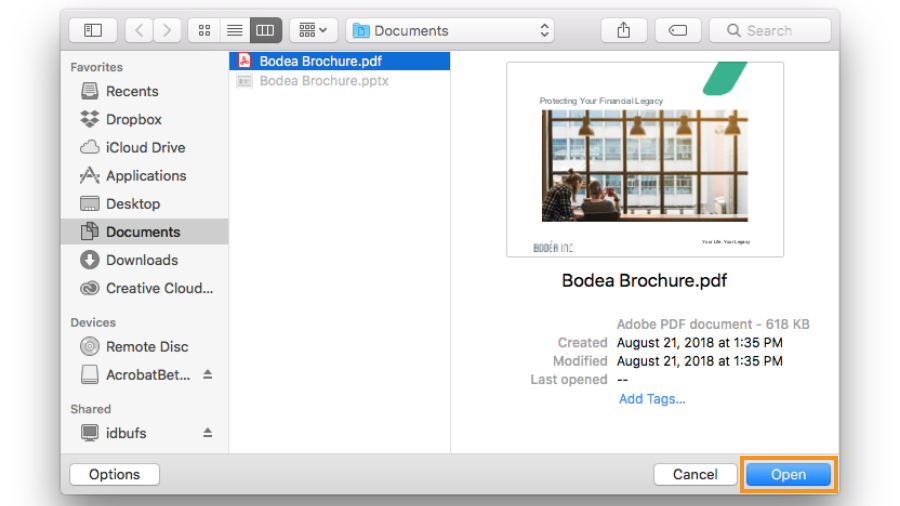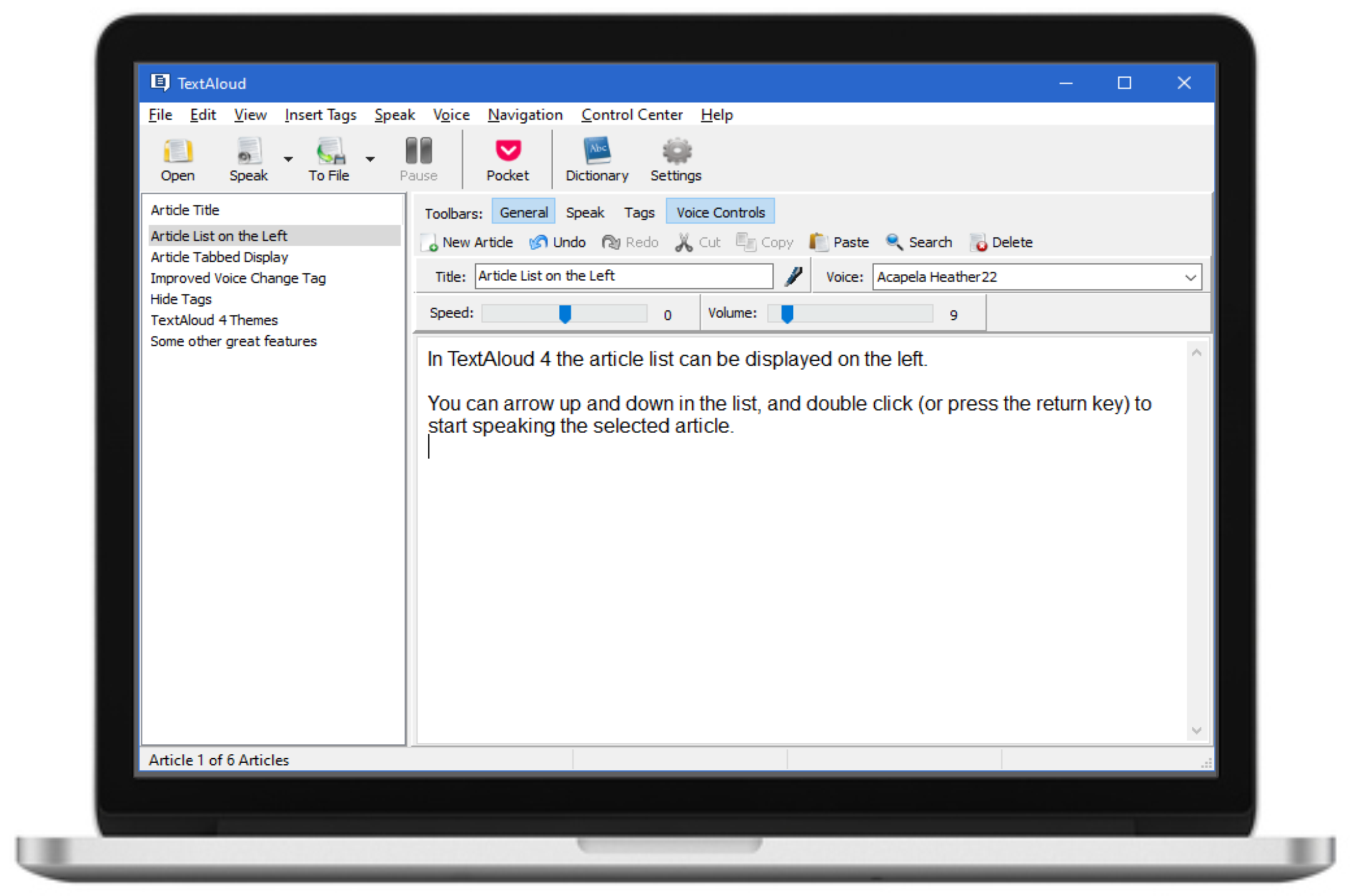

- Font explorer trial dmg not opening how to#
- Font explorer trial dmg not opening pdf#
- Font explorer trial dmg not opening software#
- Font explorer trial dmg not opening code#
- Font explorer trial dmg not opening download#
For more information, search the built-in help for the app. In some apps, such as Mail and TextEdit, you can select a font to use as the default in the app.

If you want the inactive copies to go in the Trash, select “Resolve duplicates by moving duplicate font files to the Trash.” To review other copies, select one.Ĭlick Resolve This Duplicate or, if there’s more than one duplicate, Resolve All Duplicates. The copy that Font Book recommends keeping is labeled “Active copy” and is selected. Resolve Manually: Continue to the next step to review and handle duplicates yourself.Įxamine the duplicates and their copies, then select a copy to keep. Resolve Automatically: Font Book disables or moves duplicates to the Trash, as set in Font Book preferences. In the Font Book app on your Mac, choose Edit > Look for Enabled Duplicates.

If you have no other alternatives to force the file to download, you can host it on a file hosting service such as Google Docs.If a font has a duplicate, it has a yellow warning symbol next to it in the list of fonts. You can alternatively explain to the user that they should right click on the link and select download.
Font explorer trial dmg not opening software#
Most modern operating systems have built in software to decompress a zip file.
Font explorer trial dmg not opening download#
If for whatever reason, you cannot add the download attribute (in the case that you cannot directly edit the HTML of your web page), you can optionally compress the file using zip, and instruct the user to download the zip file.
Font explorer trial dmg not opening how to#
How to Force a Download When You Can’t Edit the HTML of your Web Page This markup is easier to understand and is supported by all modern browsers, but may not be supported by all content management systems.

New to HTML 5.0, the download attribute can be used instead of the href attribute of the tag. Click to Download Using the ‘download’ Attribute Instead of the ‘href’ Attribute in HTML 5.0 Setting the target of the tag to “_blank” will cause the link to open in a new tab, allowing these users to easily navigate back to the page they were previously on when they are done viewing the file. It is likely that people who use these browsers would likely rather view the document rather than saving it to their phone. Unfortunately for mobile users, the following mobile only browsers: iOS Safari, Opera Mini, and IE Mobile. Click to Download A Simple Solution to Dealing With Unsupported Mobile BrowsersĪs of this post, all major desktop browsers excluding Microsoft IE support the download attribute. The default file name can be overridden by specifying the value of the download attribute. In some cases, the name of the file that is stored on the web server is not the most useful to the user. Overriding the File Name in the Download Dialog The addition of the “download” tag will force a file download dialog box to appear when the link to the file is clicked.
Font explorer trial dmg not opening code#
The code below will tell the browser to prompt the user to save the file. How to use the Download Attribute to Force a File DownloadĪ special download attribute can be used inside of an tag that will tell the browser to download the file instead of navigating to it. In many cases, this behavior is undesirable and forces users to right click and select save file as, which isn’t the best user experience, and some users don’t know how to do it.Īs long as you have the ability to edit the HTML code of the page, you can use a simple HTML tweak that will allow you to control when the file download prompt appears if the user clicks a link or a button.
Font explorer trial dmg not opening pdf#
The Default Behavior of Mozilla Fire Fox when Clicking a PDF Link Many browsers such as Microsoft Edge, Mozilla Firefox, Apple Safari, and Google Chrome have the default behavior of viewing the file in the browser window instead of prompting the user to save the file to a location. The most common file types that are affected by this behavior are PDF files and images. In an effort to make modern browsers more user friendly, their developers have started to display content inside the web browser that used to require an additional application to view or a user may want to download instead.


 0 kommentar(er)
0 kommentar(er)
